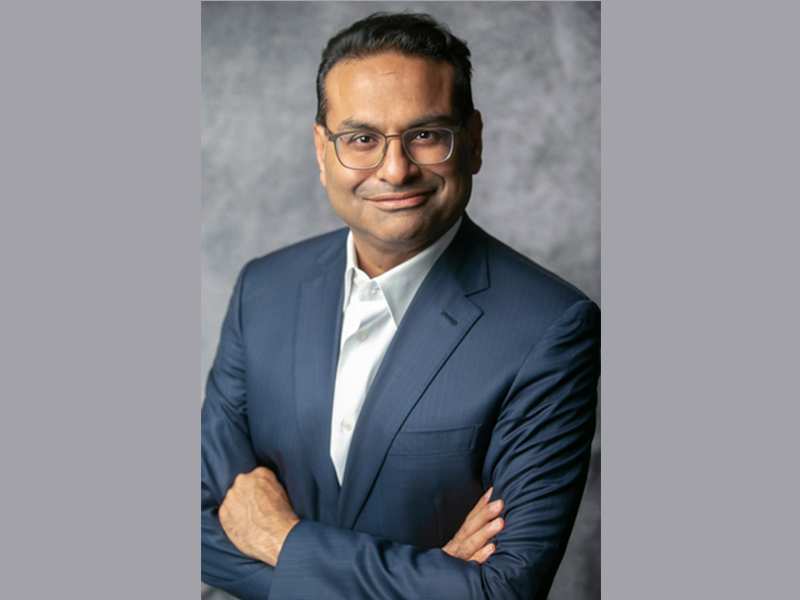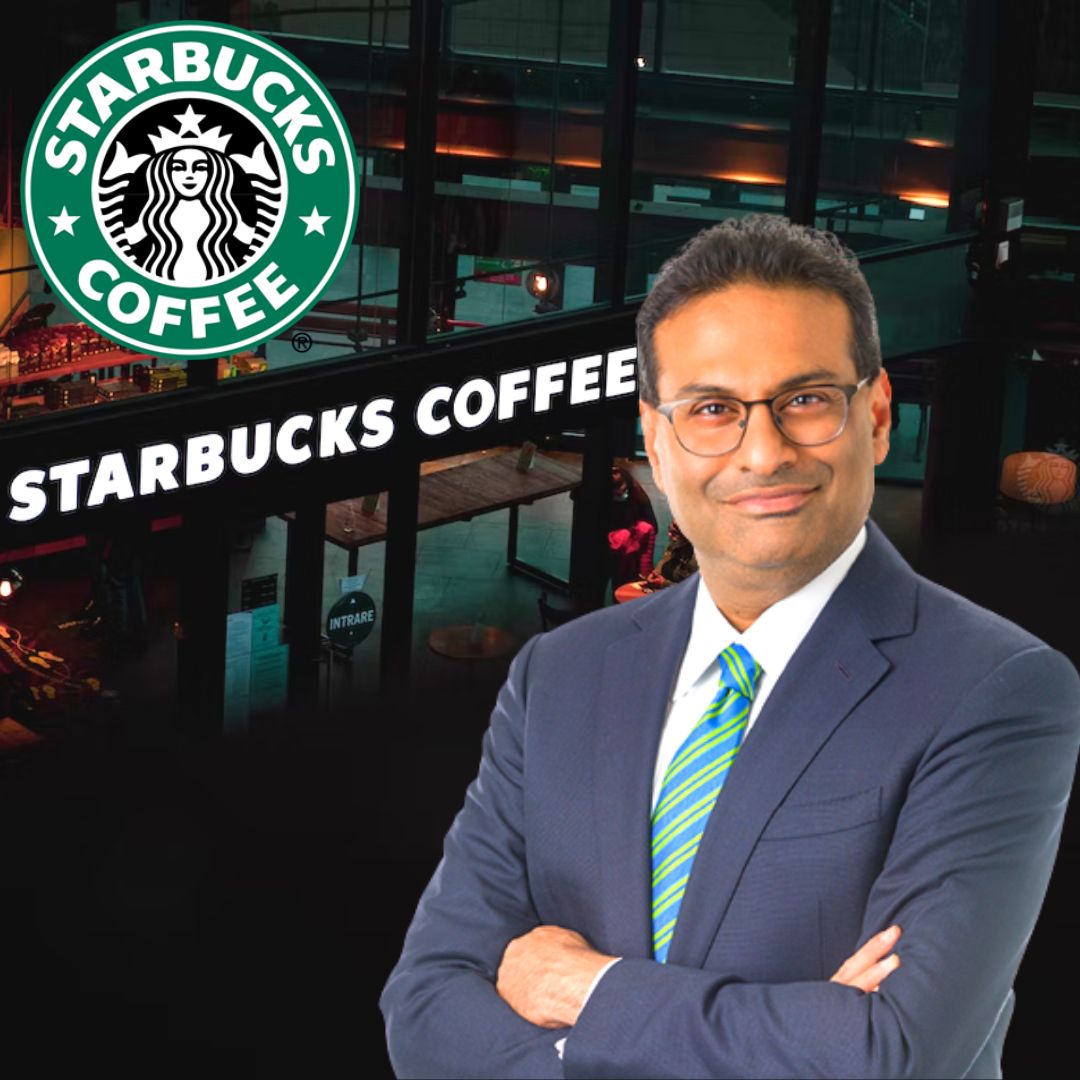Leadership Style and Impact

Howard Schultz’s leadership has been instrumental in shaping Starbucks into the global coffee giant it is today. His vision, passion, and commitment to creating a unique customer experience have left an enduring mark on the company’s culture and trajectory.
Howard Schultz’s Leadership Style
Schultz’s leadership style can be characterized as a blend of charisma, strategic vision, and a deep commitment to employee empowerment. He is known for his ability to inspire and motivate employees, creating a sense of community and shared purpose within the organization. His leadership style is often described as “transformational,” emphasizing a focus on values, vision, and long-term goals.
Impact on Starbucks’ Growth and Evolution
Schultz’s leadership has been instrumental in driving Starbucks’ growth and evolution. His vision of creating a “third place” – a space between home and work where people could connect and enjoy a high-quality coffee experience – has been a cornerstone of the company’s success.
Schultz’s leadership has also been characterized by a strong emphasis on employee empowerment. He believes in creating a culture where employees feel valued and respected, and where they have the opportunity to contribute to the company’s success. This approach has been credited with fostering a high level of employee engagement and loyalty, which has been essential to Starbucks’ growth.
Comparison of Leadership Styles
Starbucks has had several CEOs throughout its history, each with their own unique leadership style. While Schultz’s leadership style has been dominant, other CEOs have brought their own perspectives and approaches to the company.
- Orin Smith (2000-2008): Smith’s leadership style was more focused on operational efficiency and cost control. He oversaw a period of significant expansion and growth for Starbucks, but also faced challenges related to overexpansion and declining customer satisfaction.
- Jim Donald (2008-2008): Donald’s leadership style was characterized by a focus on customer service and innovation. He oversaw a period of significant improvement in customer satisfaction, but also faced challenges related to the economic downturn.
- Howard Schultz (2008-2017): Schultz returned as CEO in 2008 to address the challenges facing the company. His leadership style during this period was focused on revitalizing the brand and restoring customer trust. He implemented a number of initiatives to improve customer service and enhance the overall Starbucks experience.
- Kevin Johnson (2017-2023): Johnson’s leadership style was more focused on technology and digital innovation. He oversaw a period of significant investment in mobile ordering, digital payments, and other technologies.
- Laxman Narasimhan (2023-present): Narasimhan’s leadership style is still being defined, but he has stated a commitment to innovation, sustainability, and customer connection.
Key Leadership Principles
Several key leadership principles have contributed to Starbucks’ success:
- Customer Focus: Starbucks has always prioritized customer satisfaction and has consistently strived to create a unique and memorable experience for its customers.
- Employee Empowerment: Starbucks believes in empowering its employees to make decisions and take ownership of their work. This approach has fostered a high level of employee engagement and loyalty.
- Innovation: Starbucks has consistently invested in innovation, both in its products and its operations. This commitment to innovation has allowed the company to stay ahead of the curve and remain relevant in a rapidly changing market.
- Social Responsibility: Starbucks is committed to social responsibility and has implemented a number of initiatives to address environmental and social issues. This commitment has helped the company build a positive brand image and attract a loyal customer base.
Business Strategies and Initiatives: Ceo Of Starbucks

Starbucks has consistently evolved its business strategies to maintain its position as a global coffee giant. From its early days as a small Seattle-based coffee shop, Starbucks has expanded its reach through a combination of organic growth, strategic acquisitions, and innovative product offerings. The company has also navigated various challenges, including economic downturns, changing consumer preferences, and fierce competition.
Starbucks Reserve Program
The Starbucks Reserve program is a key initiative that exemplifies the company’s commitment to premium coffee experiences. Launched in 2014, the program offers a curated selection of rare and small-lot coffees from around the world. Starbucks Reserve stores feature a unique design and atmosphere, creating a more immersive and luxurious coffee experience.
These stores also offer specialized brewing methods, such as siphon brewing and pour-over, further elevating the coffee experience.
The Starbucks Reserve program has been successful in attracting a discerning customer base and enhancing the company’s brand image as a leader in specialty coffee.
Digital Innovation
Starbucks has been at the forefront of digital innovation in the coffee industry. The company has invested heavily in mobile ordering and payment, loyalty programs, and personalized customer experiences.
The Starbucks app is a prime example of digital innovation. It allows customers to order and pay for their drinks ahead of time, reducing wait times and enhancing convenience.
The app also features personalized recommendations, rewards programs, and other features that enhance the customer experience.
Starbucks’ focus on digital innovation has been instrumental in driving sales, improving customer engagement, and adapting to changing consumer behaviors.
Challenges and Opportunities
Starbucks faces a number of challenges in a rapidly changing market. The company is constantly adapting to evolving consumer preferences, increasing competition, and changing economic conditions.
One of the key challenges is maintaining its position as a premium coffee brand while also offering value-priced products.
Starbucks must also navigate the complexities of global expansion, ensuring that its products and services resonate with local markets.
However, these challenges also present significant opportunities for growth. Starbucks can leverage its strong brand recognition and global reach to expand into new markets and develop innovative products.
The company can also capitalize on the growing demand for specialty coffee and personalized experiences by further investing in its Reserve program and digital innovation.
Corporate Social Responsibility and Sustainability

Starbucks is deeply committed to ethical sourcing and sustainability initiatives, recognizing the interconnectedness of its business with the environment and the communities it serves. This commitment extends beyond mere corporate rhetoric and manifests in concrete actions across its operations, from coffee bean sourcing to store design and employee well-being.
Ethical Sourcing and Sustainability Initiatives
Starbucks’ dedication to sustainability is evident in its commitment to sourcing coffee beans ethically and responsibly. Through its “Coffee and Farmer Equity (C.A.F.E.) Practices” program, Starbucks ensures that its coffee is grown in a way that respects the environment, empowers farmers, and promotes economic development in coffee-producing regions. The program emphasizes sustainable farming practices, fair labor conditions, and community development initiatives.
Starbucks has also invested heavily in renewable energy sources, aiming to reduce its environmental footprint. The company has installed solar panels on numerous stores, implemented energy-efficient technologies, and partnered with organizations to promote sustainable forestry practices.
“Our commitment to ethical sourcing and sustainability is not just a matter of doing good; it’s a matter of doing business right.” – Howard Schultz, Former CEO of Starbucks
Diversity and Inclusion Efforts
Starbucks is committed to fostering a diverse and inclusive workplace, recognizing the value of different perspectives and experiences. The company has implemented various programs and initiatives to promote diversity and inclusion, including:
- Employee Resource Groups: Starbucks has established employee resource groups (ERGs) for various identity groups, such as women, people of color, LGBTQ+, and veterans. These groups provide a platform for employees to connect, support each other, and advocate for diversity and inclusion within the company.
- Diversity and Inclusion Training: Starbucks provides mandatory training to all employees on diversity and inclusion topics, aiming to raise awareness and promote understanding of different cultures and perspectives.
- Recruitment and Retention Initiatives: Starbucks has implemented initiatives to attract and retain a diverse workforce, including partnerships with organizations that support underrepresented groups and mentorship programs for employees from diverse backgrounds.
Key CSR Achievements and Ongoing Programs, Ceo of starbucks
| CSR Achievement | Program/Initiative | Impact |
|---|---|---|
| Ethical Sourcing of Coffee | C.A.F.E. Practices program | Ensures sustainable coffee production, fair wages for farmers, and community development in coffee-producing regions. |
| Renewable Energy Adoption | Solar panel installations, energy-efficient technologies | Reduces carbon footprint and promotes clean energy usage. |
| Diversity and Inclusion | Employee resource groups, diversity training, recruitment initiatives | Creates a more inclusive and equitable workplace, reflecting the diversity of its customers. |
| Community Engagement | Starbucks Foundation, community grants, volunteer programs | Supports local communities through charitable giving, community development projects, and employee volunteerism. |
The CEO of Starbucks, Laxman Narasimhan, has a significant impact on the coffee giant’s success. While he oversees the company’s global operations, it’s interesting to compare his role to that of Brian Niccol, CEO of Chipotle Mexican Grill, and explore the different paths to success in the restaurant industry.
To get a glimpse into Brian Niccol’s financial achievements, you can check out his net worth here. Both Narasimhan and Niccol demonstrate the power of leadership in driving a company’s growth and profitability, albeit in distinct sectors within the restaurant industry.